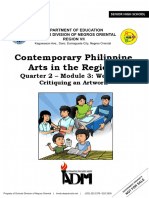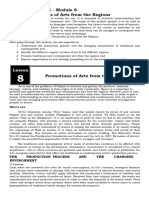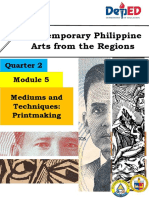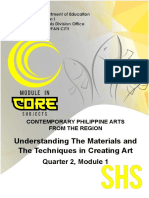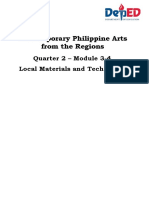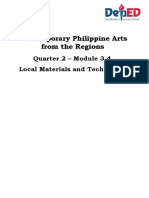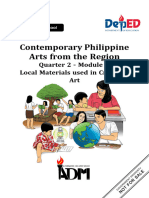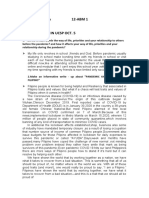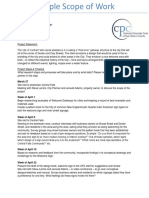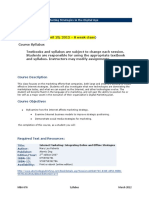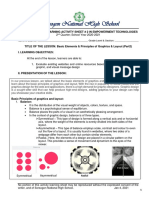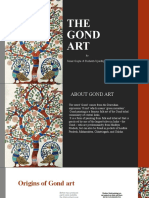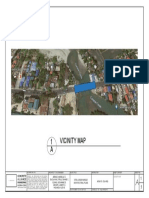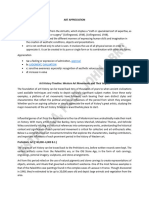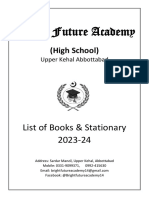80% found this document useful (20 votes)
73K views24 pagesContemporary Philippine Arts From The Region: Quarter 2 - Module 1: Local Materials Used in Creating Art
Uploaded by
Rose Ann CalladaCopyright
© © All Rights Reserved
We take content rights seriously. If you suspect this is your content, claim it here.
Available Formats
Download as PDF, TXT or read online on Scribd
80% found this document useful (20 votes)
73K views24 pagesContemporary Philippine Arts From The Region: Quarter 2 - Module 1: Local Materials Used in Creating Art
Uploaded by
Rose Ann CalladaCopyright
© © All Rights Reserved
We take content rights seriously. If you suspect this is your content, claim it here.
Available Formats
Download as PDF, TXT or read online on Scribd
/ 24










